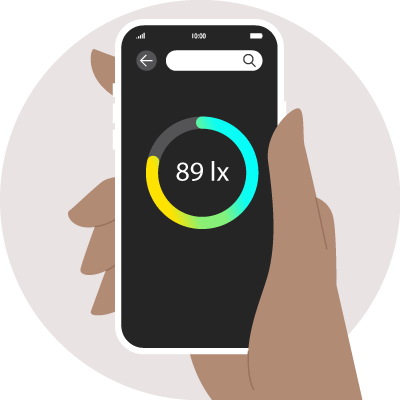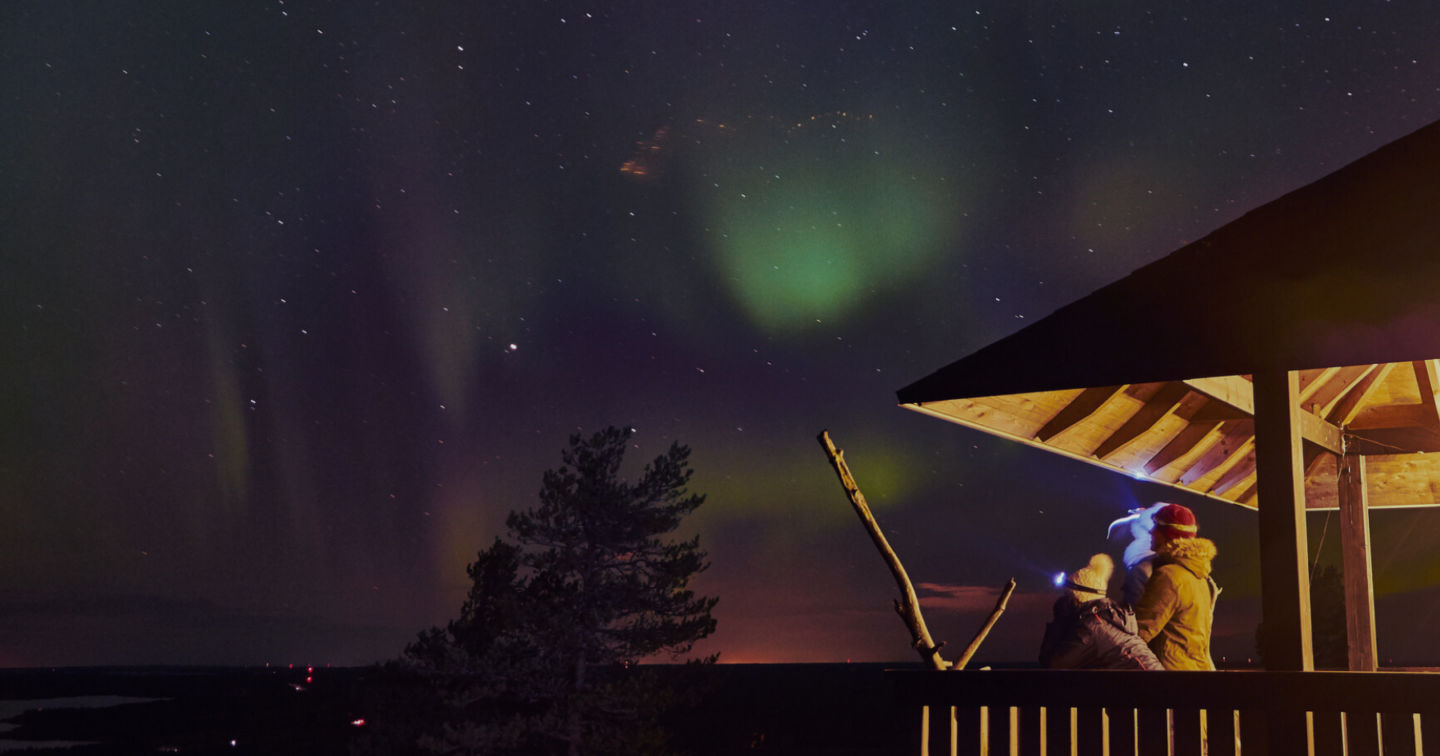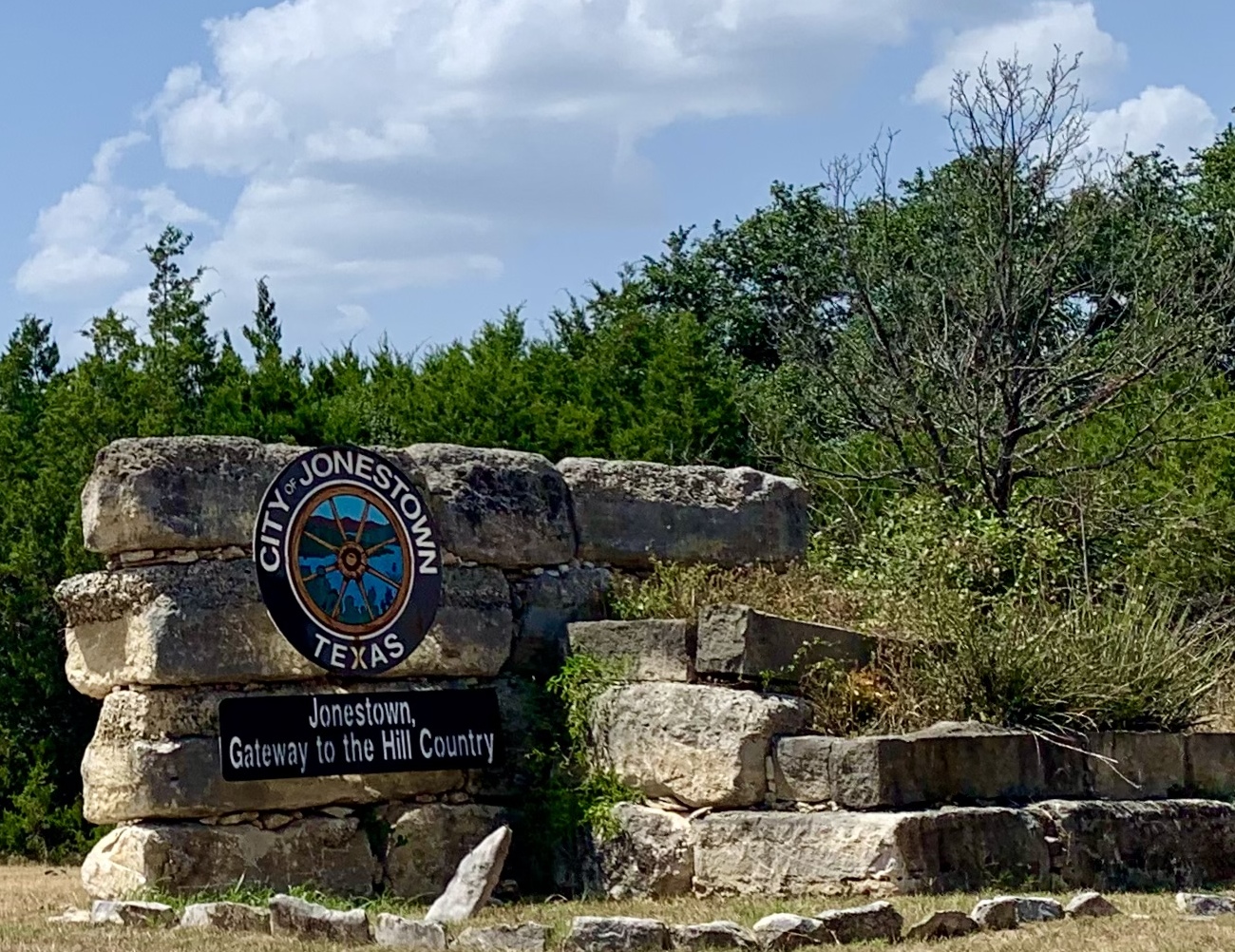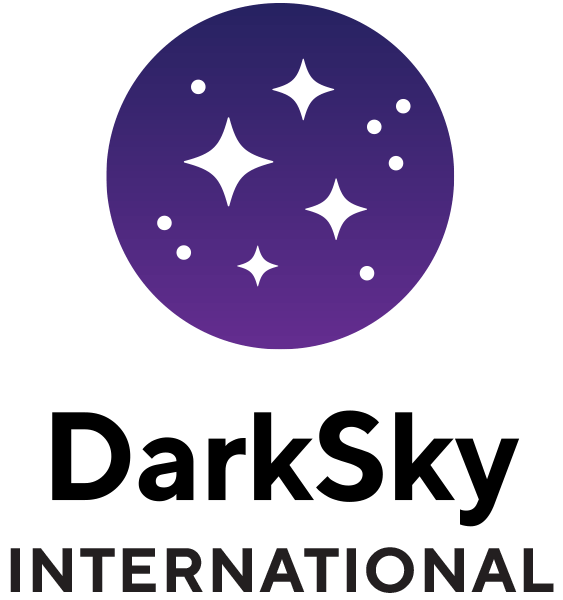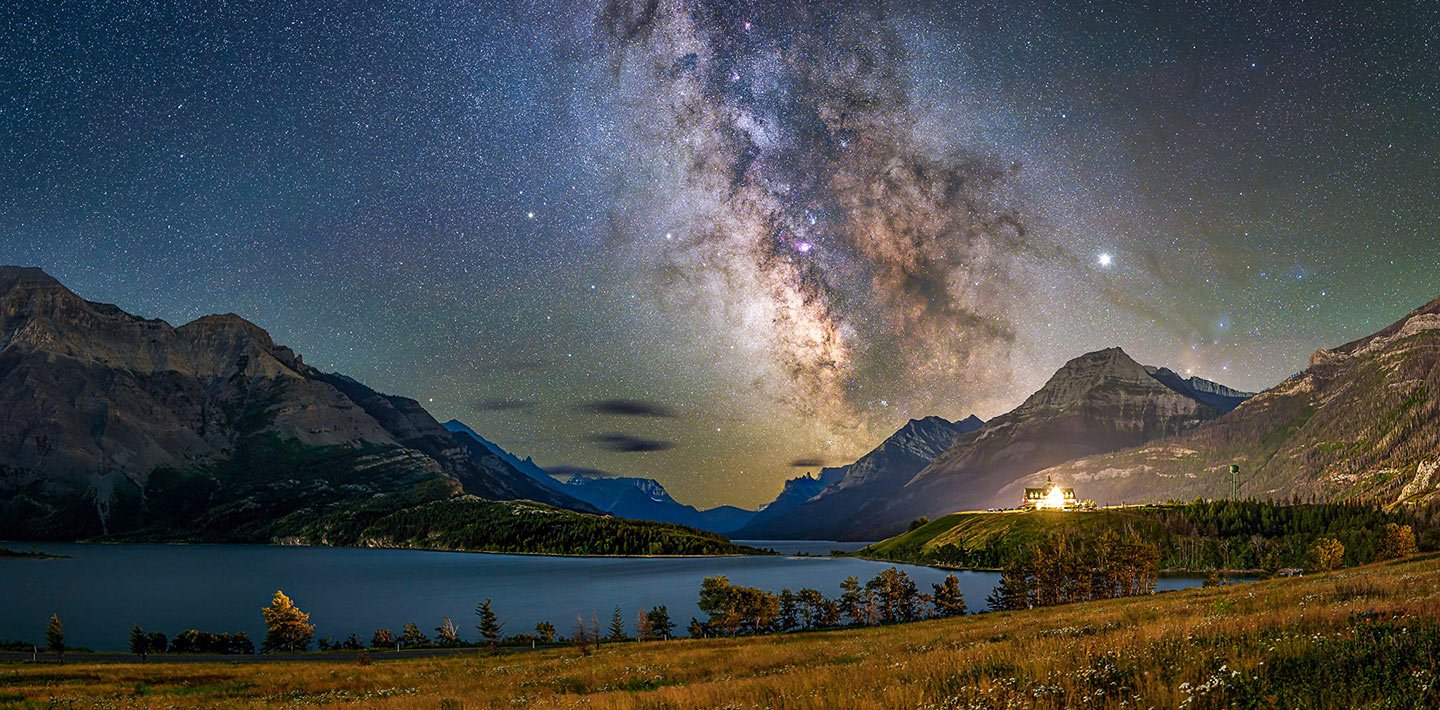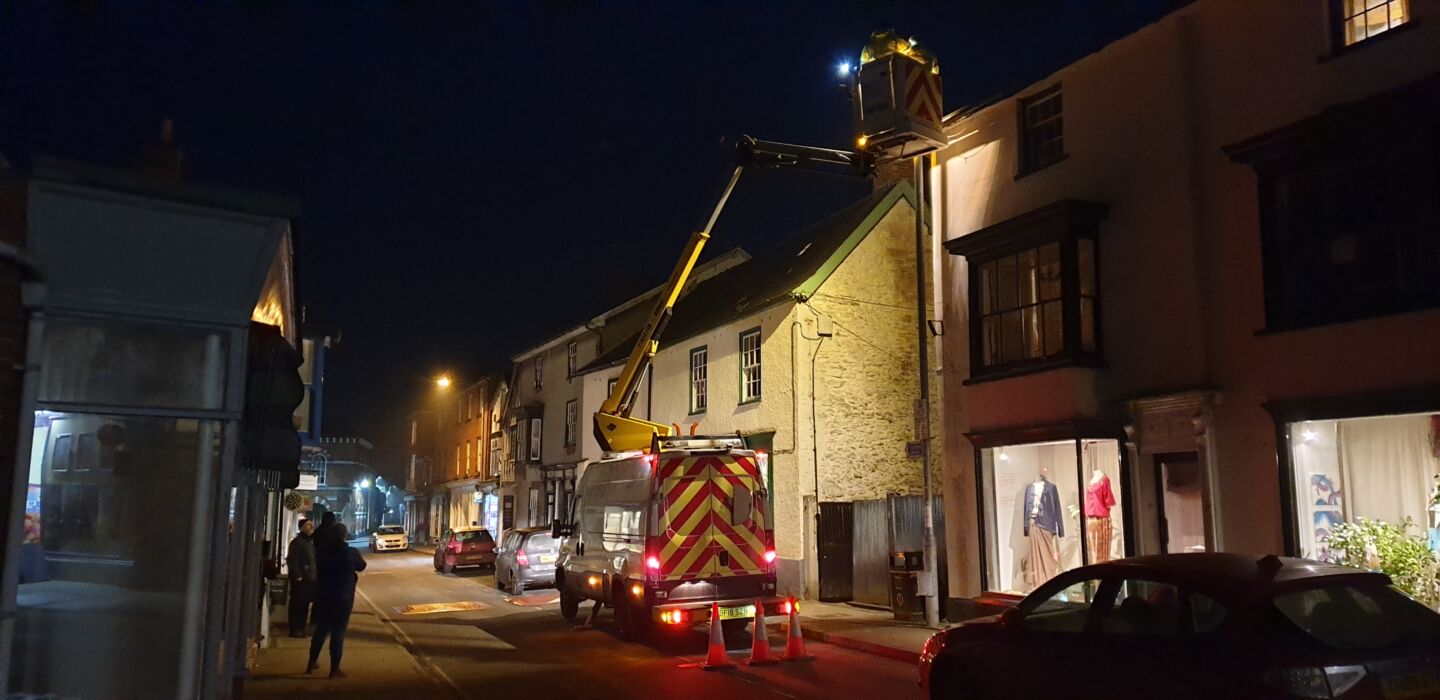
All International Dark Sky Places
Find a Dark Sky Place — there are over 160,000 square kilometers of protected land and night skies in 22 countries on 6 continents.

Refine by type:
Refine by location:
Search by keyword:
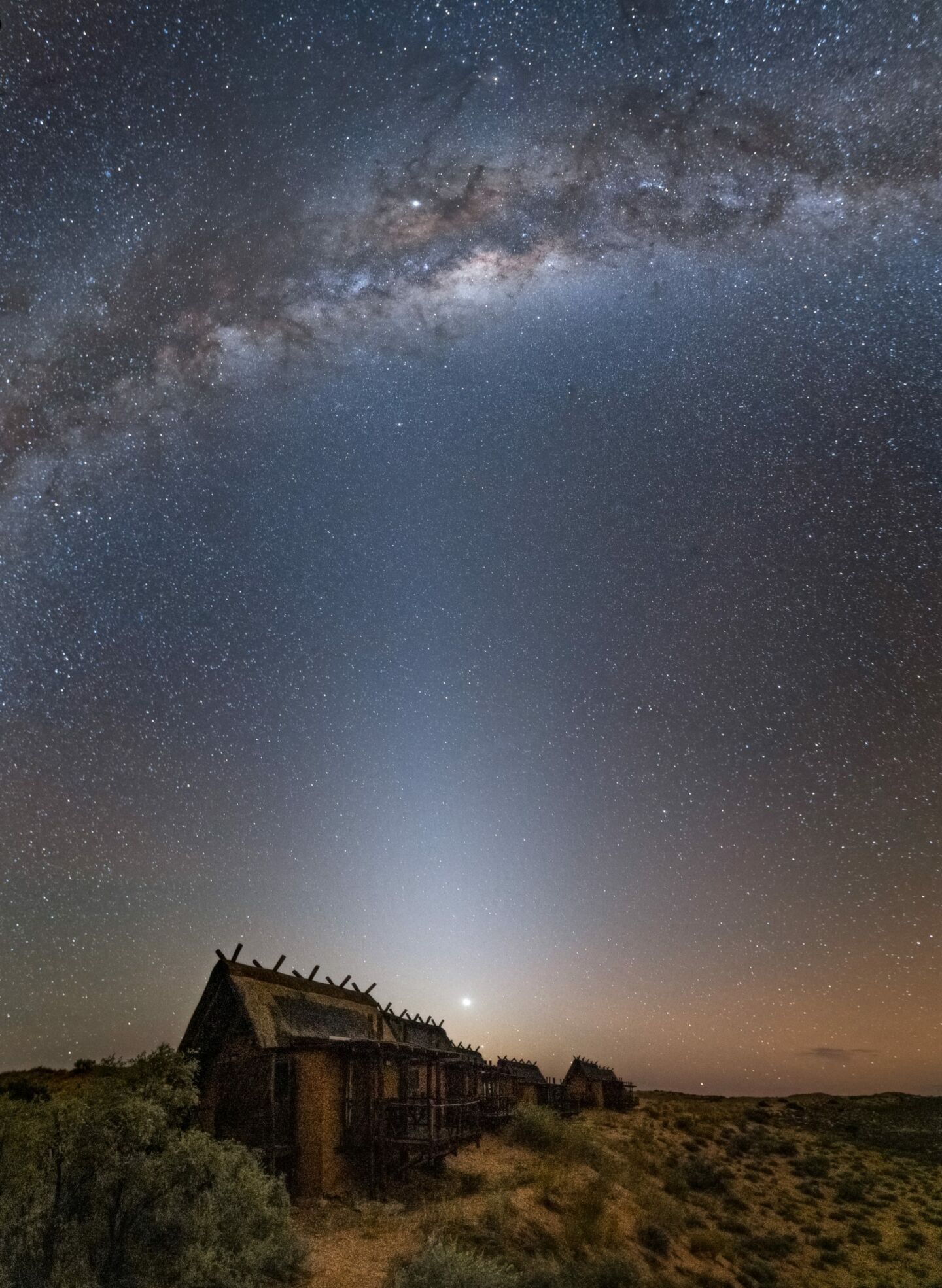
!Ae!Hai Kalahari Heritage Park
Sanctuaries
South Africa

Aenos National Park
Parks
Greece
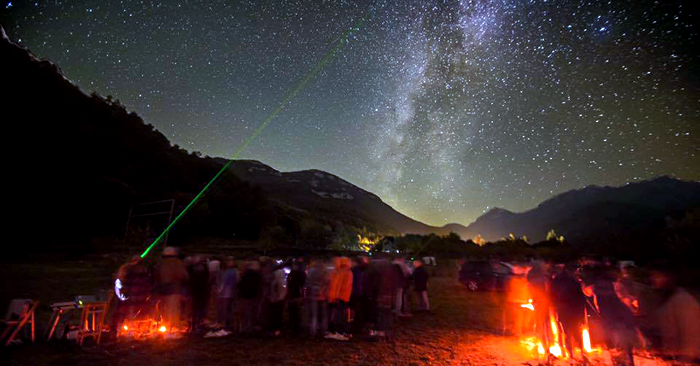
Albanyà
Parks
Spain
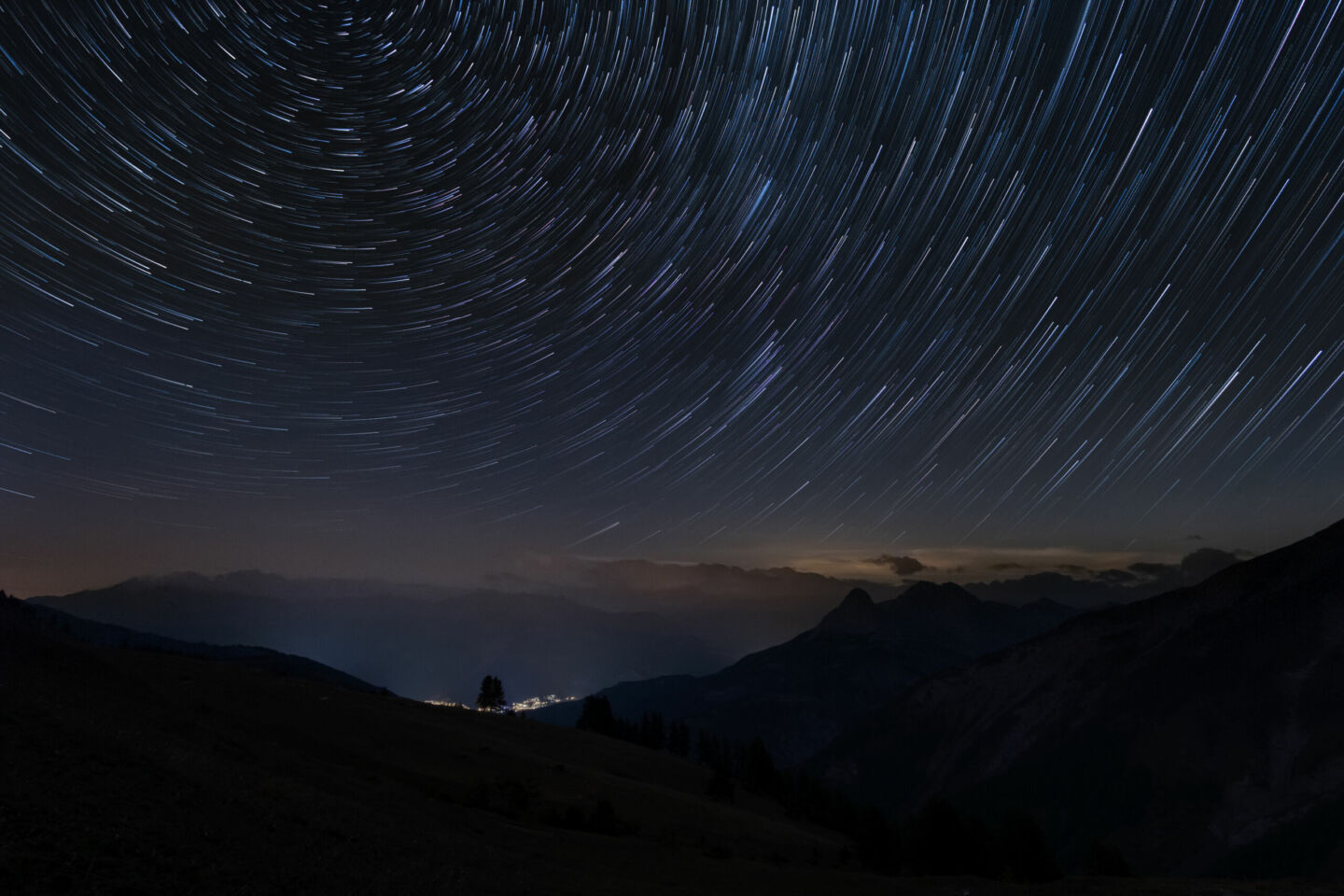
Alpes Azur Mercantour
Reserves
France
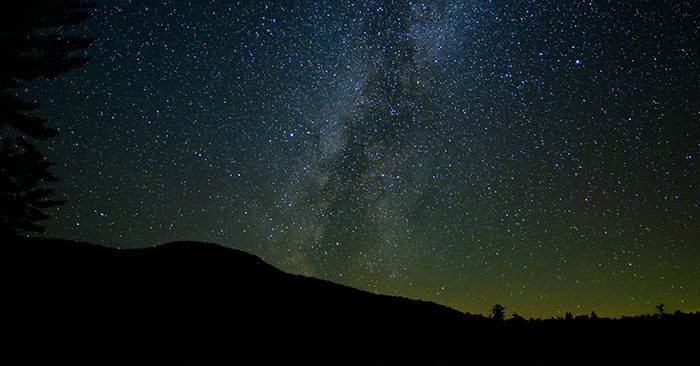
AMC Maine Woods
Parks
Northeast United States
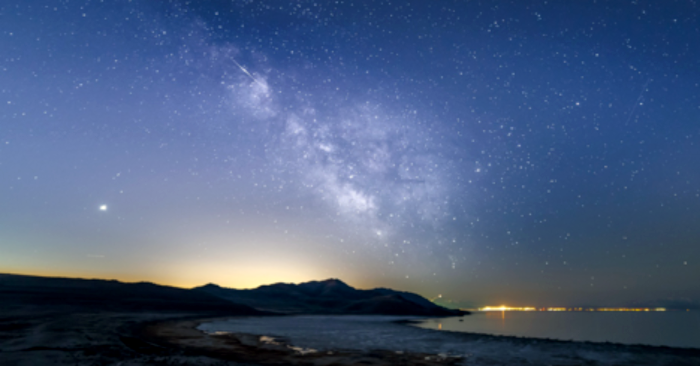
Antelope Island State Park
Parks
Southwest United States
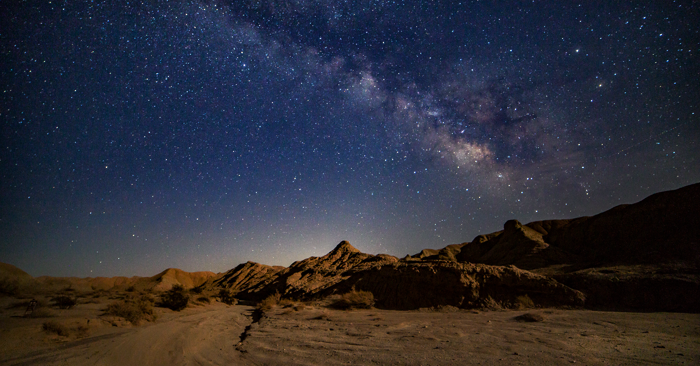
Anza-Borrego Desert State Park
Parks
Western United States

Aoraki Mackenzie
Reserves
New Zealand
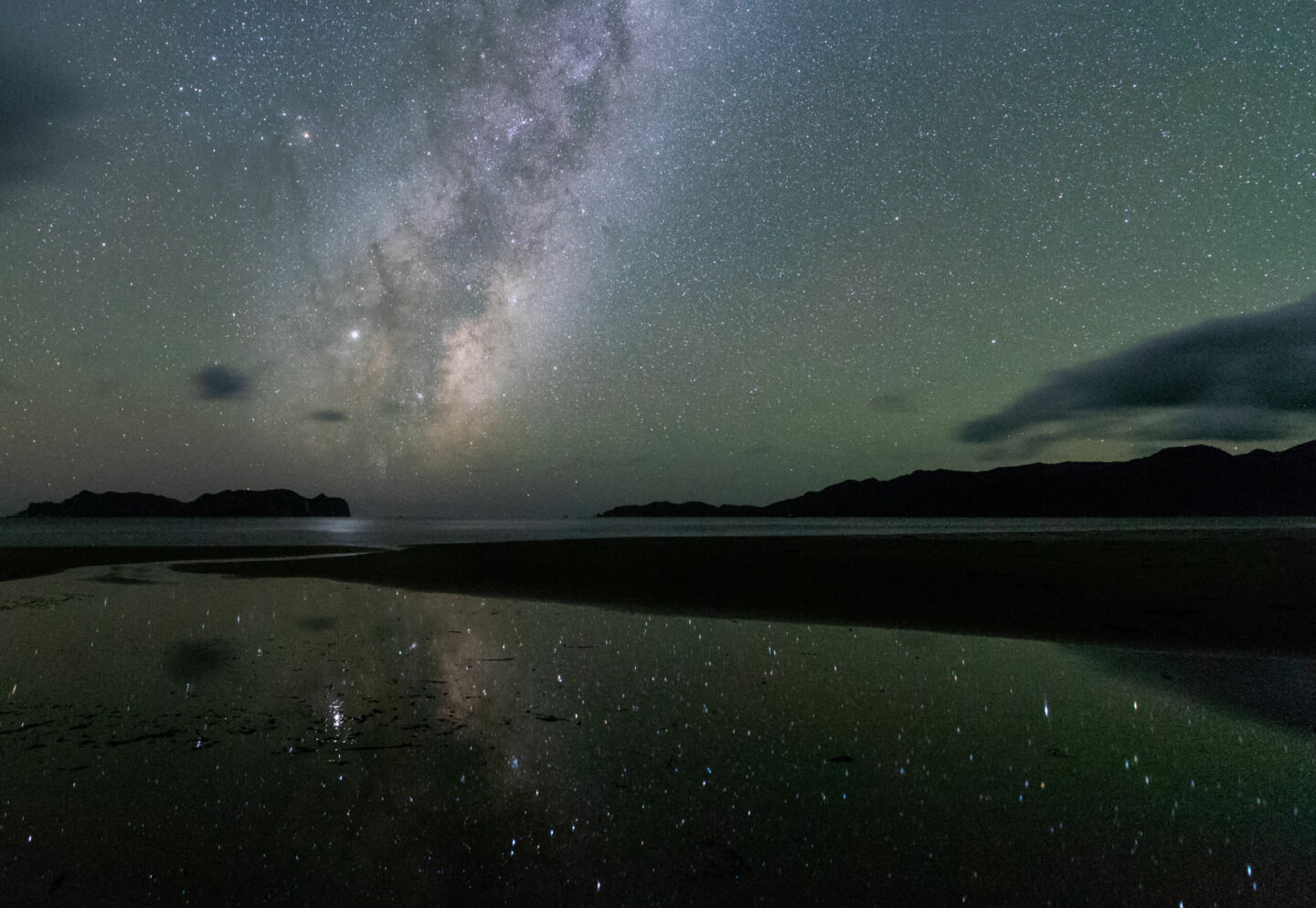
Aotea Great Barrier Island
Sanctuaries
New Zealand
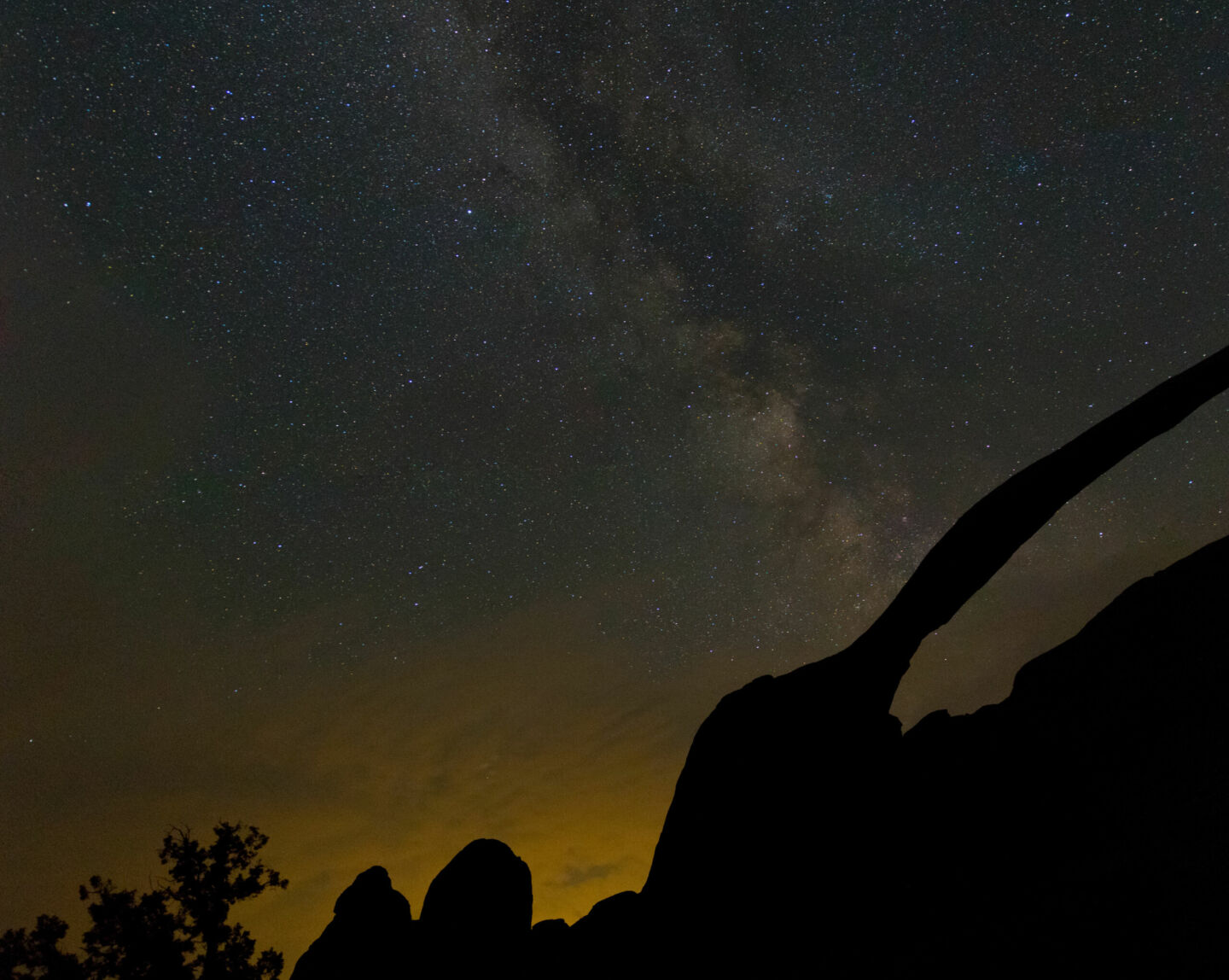
Arches National Park
Parks
Southwest United States
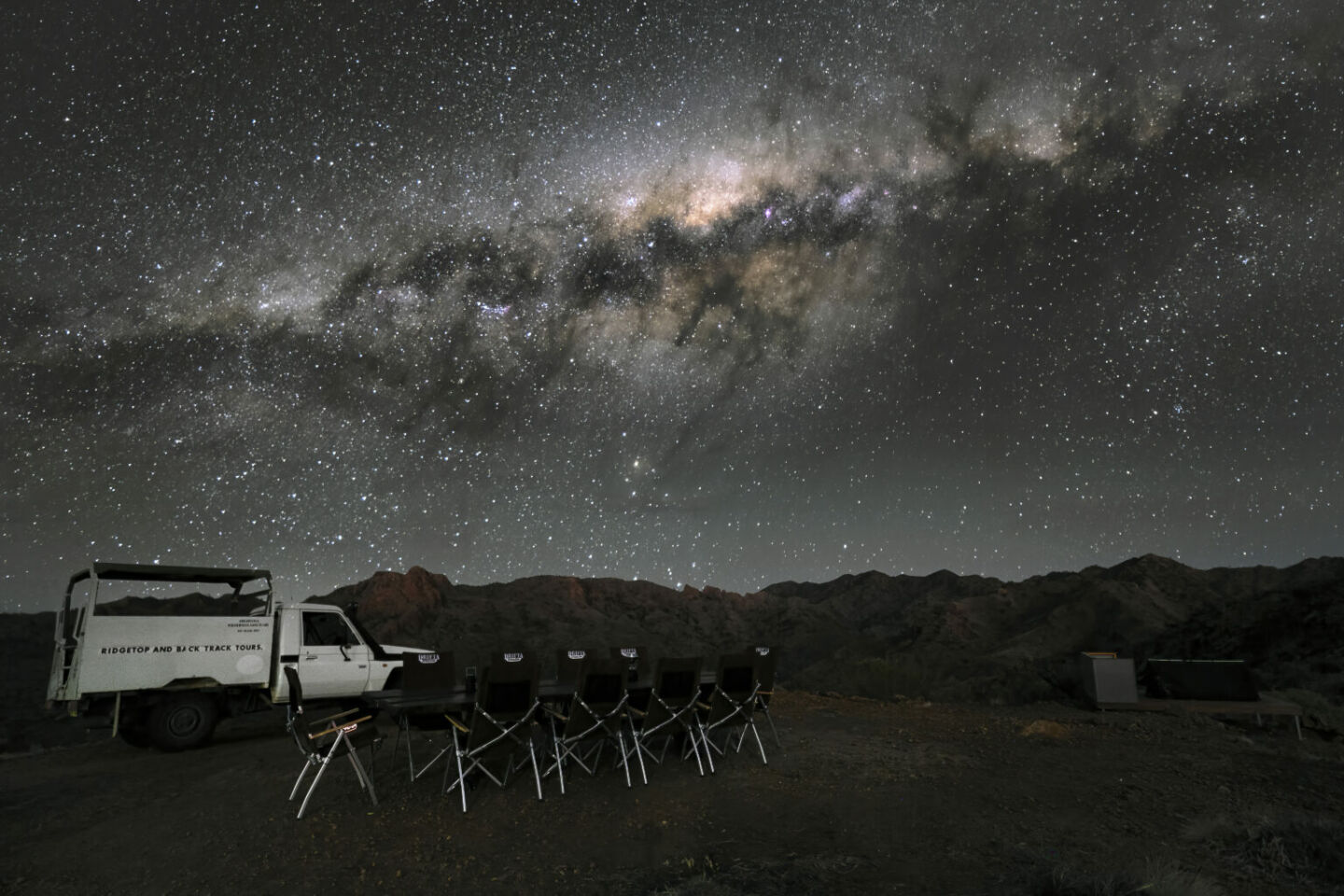
Arkaroola Wilderness Sanctuary
Sanctuaries
Australia
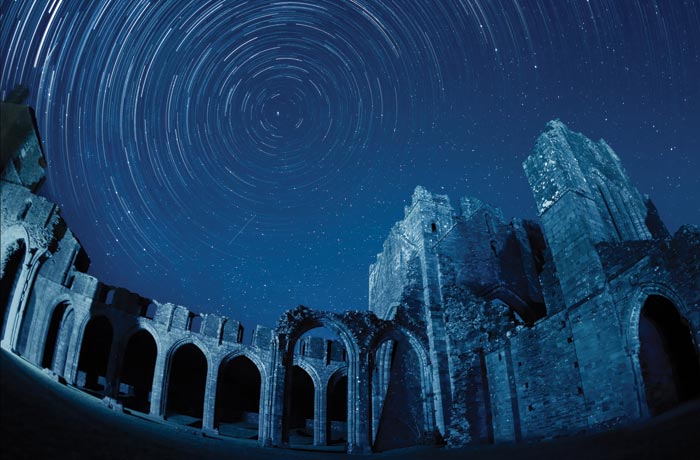
Bannau Brycheiniog National Park (Brecon Beacons)
Reserves
Wales
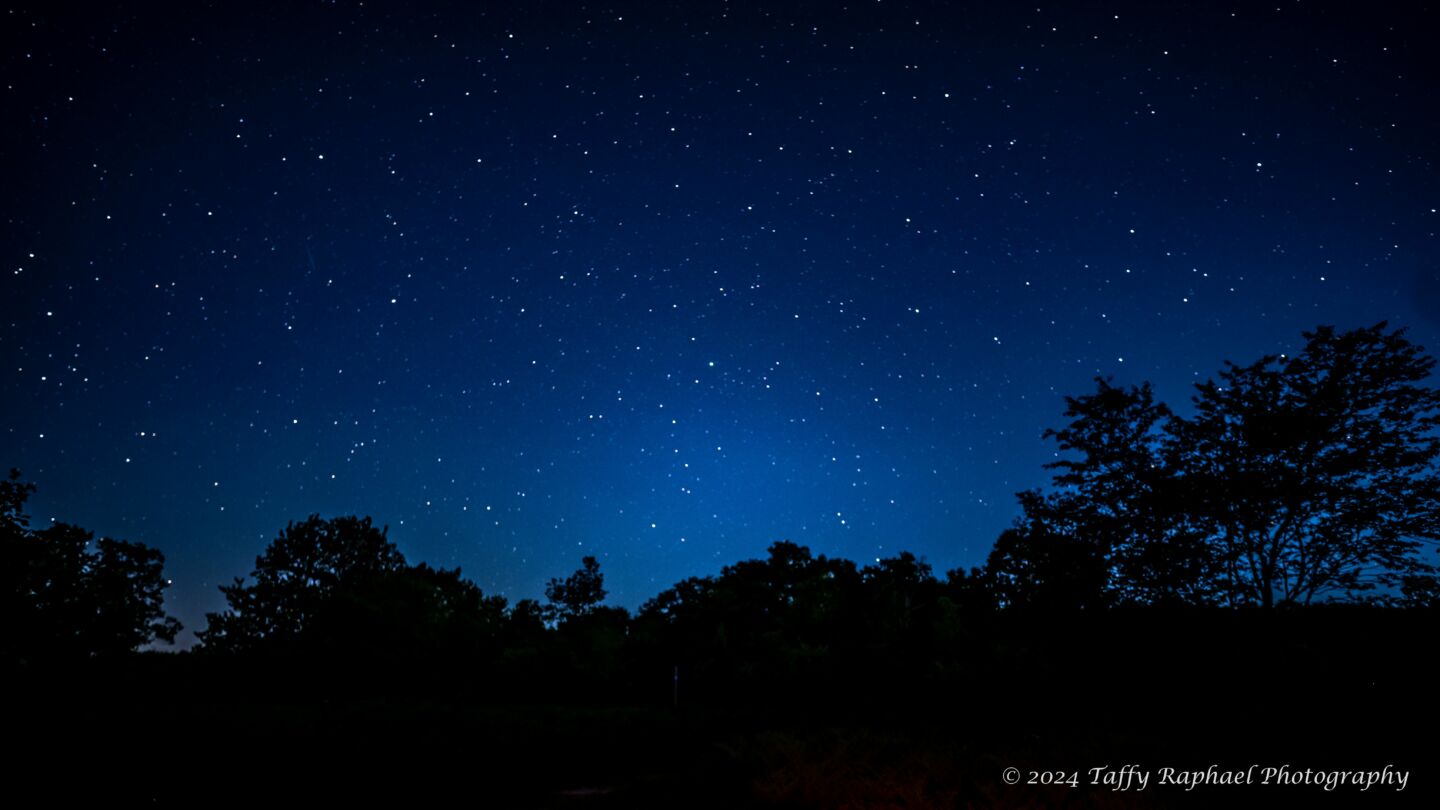
Beaver Island State Wildlife Research Area
Sanctuaries
North America
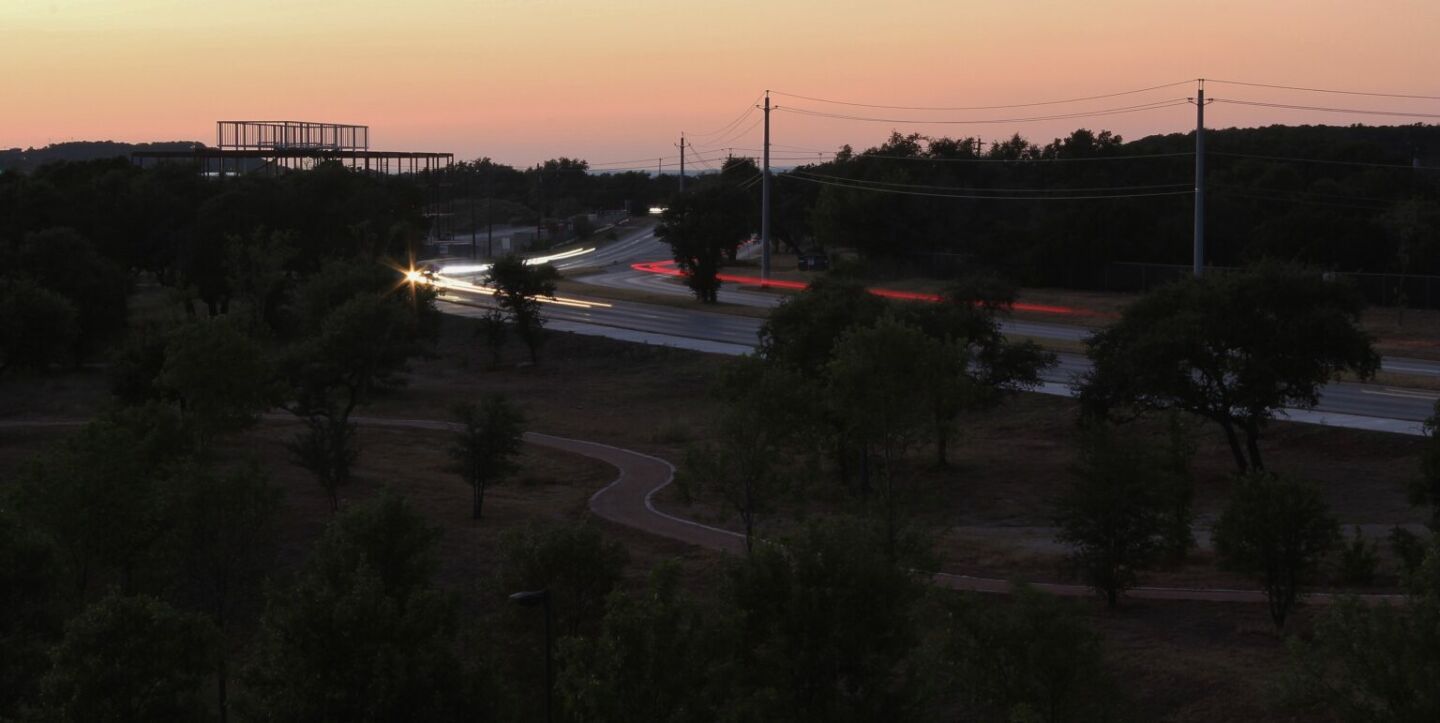
Bee Cave
Communities
Southwest United States

Beverly Shores, Indiana
Communities
Midwest United States
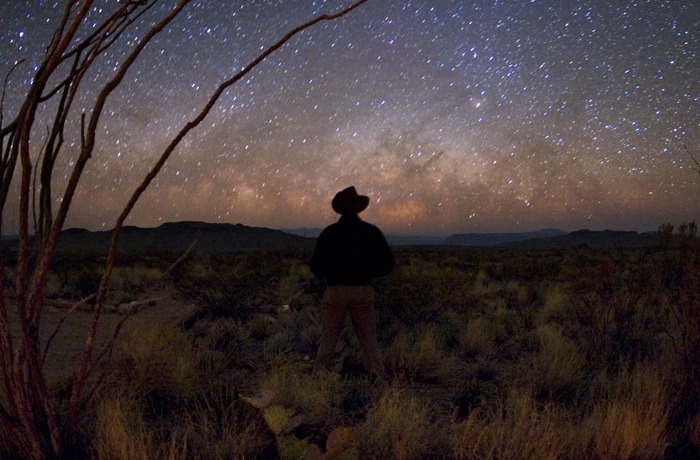
Big Bend National Park
Parks
Southwest United States
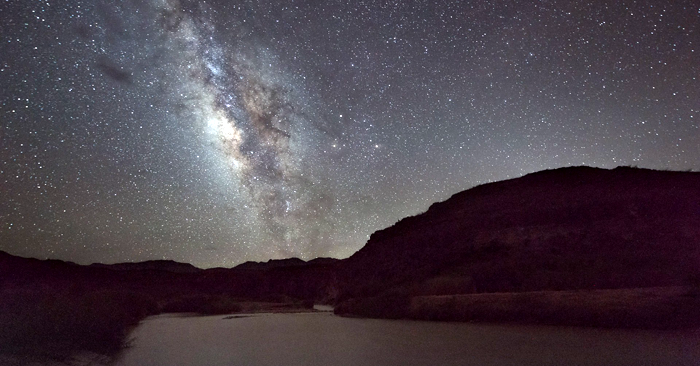
Big Bend Ranch State Park
Parks
Southwest United States
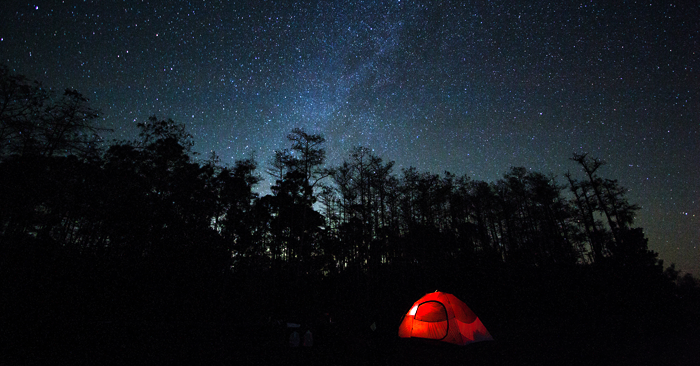
Big Cypress National Preserve
Parks
Southeast United States
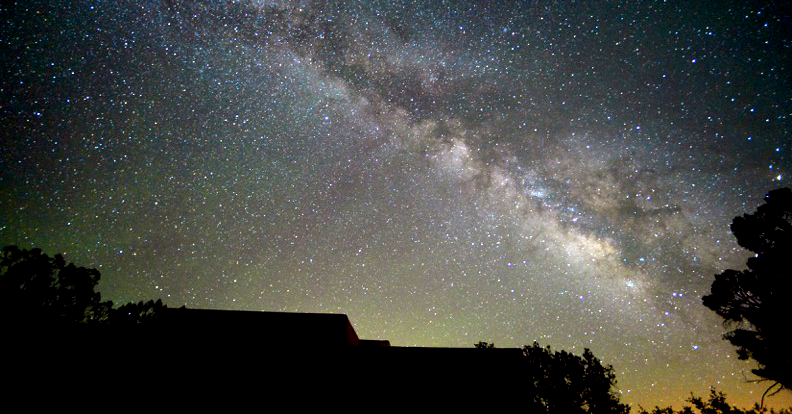
Big Park / Village of Oak Creek, Arizona
Communities
Southwest United States
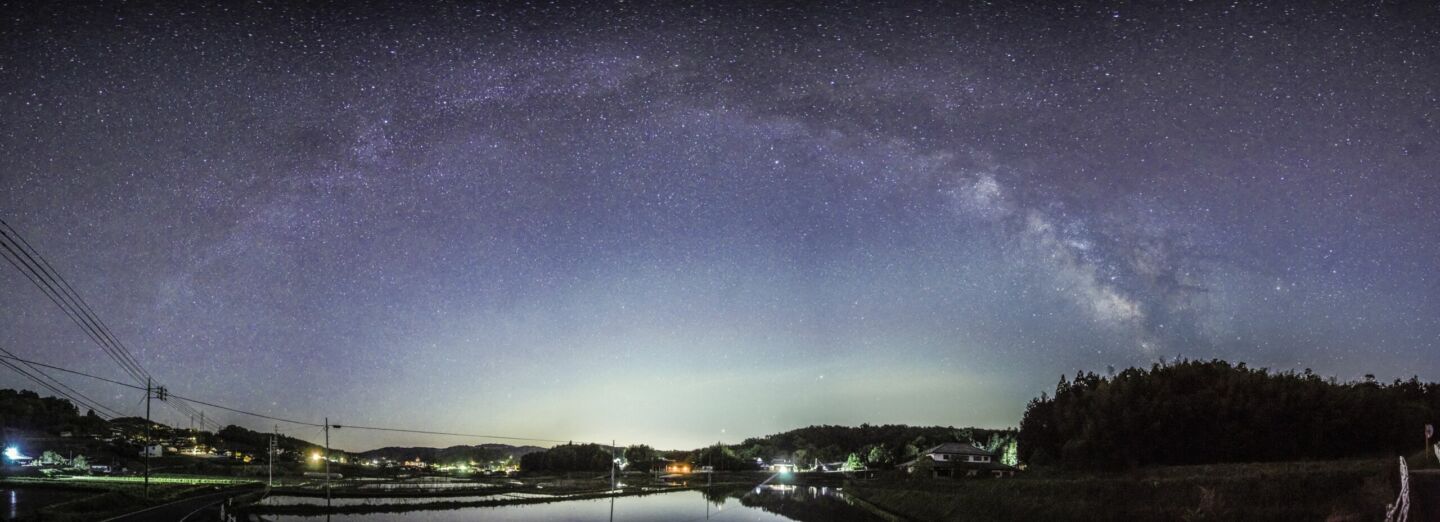
Bisei Town, Ibara City
Communities
Japan
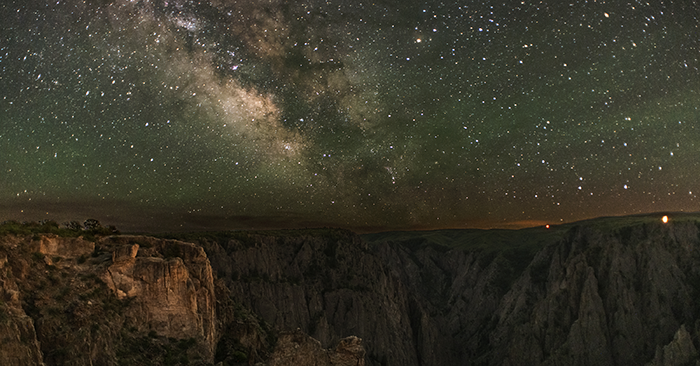
Black Canyon of the Gunnison National Park
Parks
Southwest United States
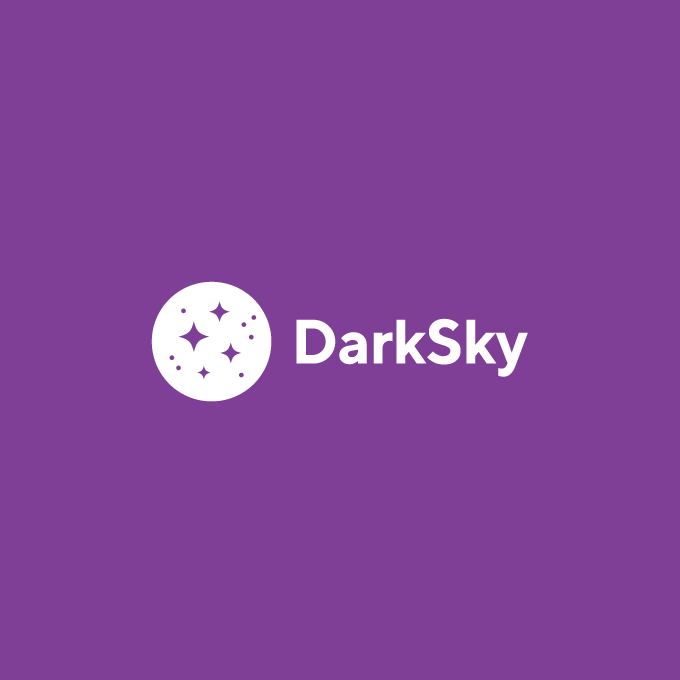
Black Gap Wildlife Management Area
Sanctuaries
Southwest United States
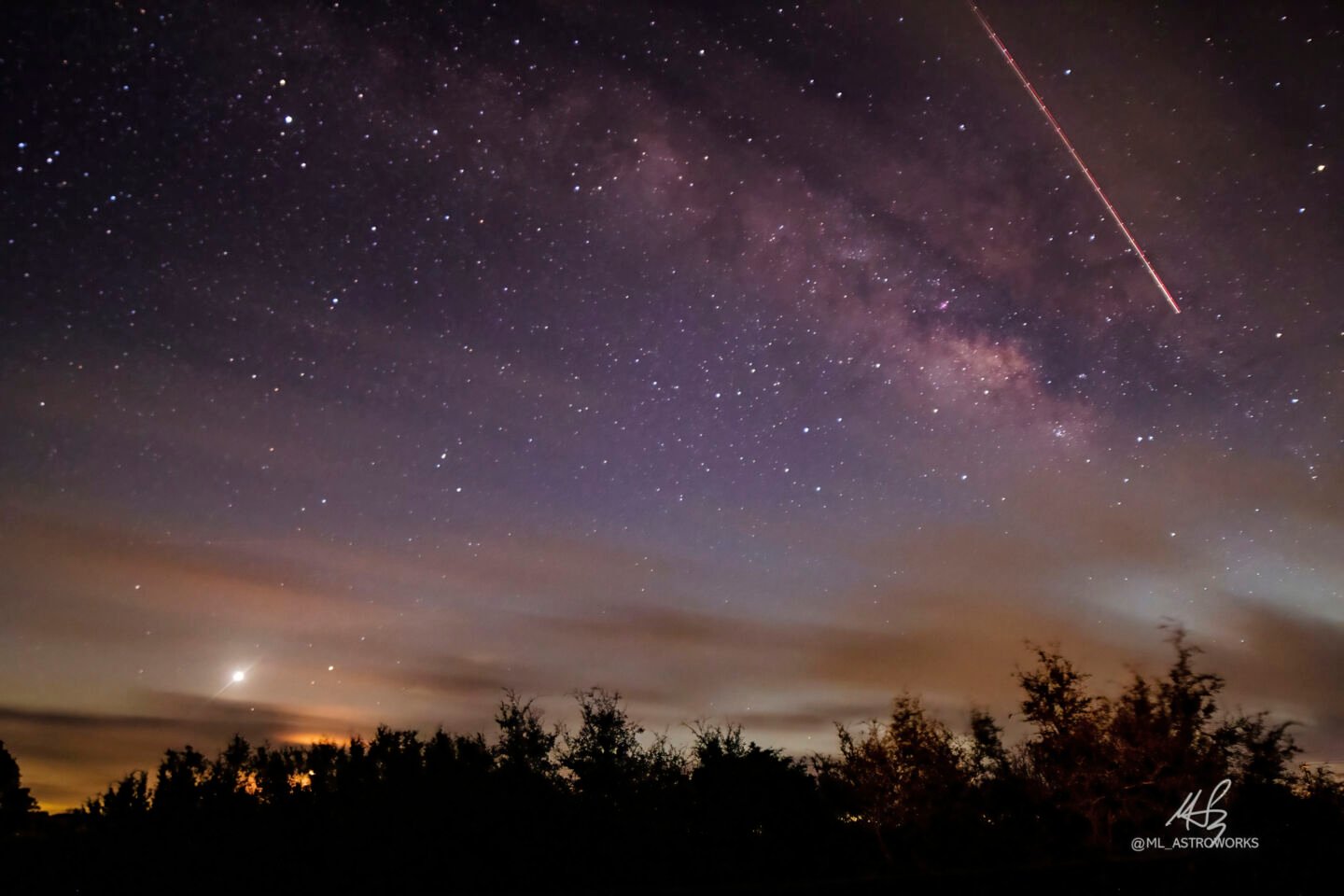
Blanco, Texas
Communities
Southwest United States
The City of Blanco is located in Blanco County in central Texas, U.S., in the heart of the Texas …
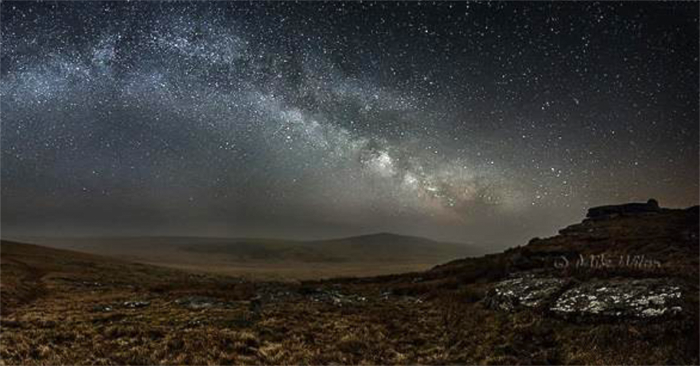
Bodmin Moor Dark Sky Landscape
Parks
England
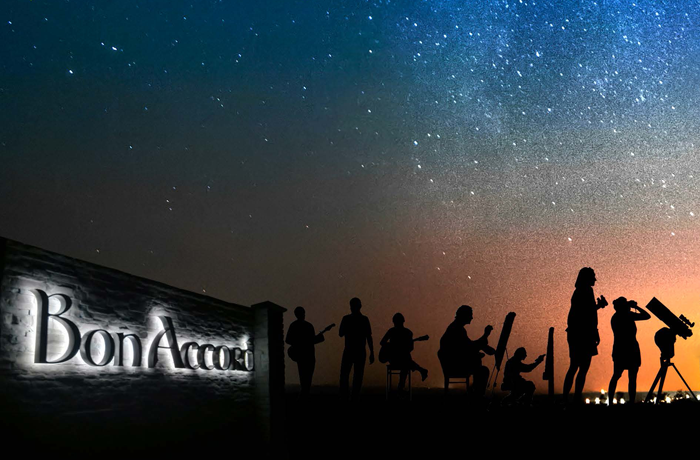
Bon Accord, Alberta
Communities
Canada
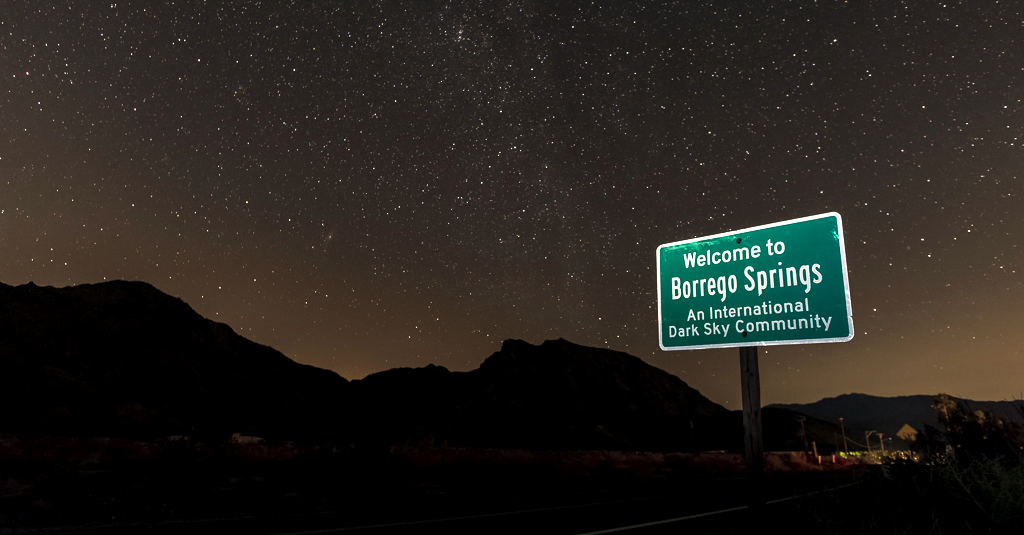
Borrego Springs, California
Communities
Western United States
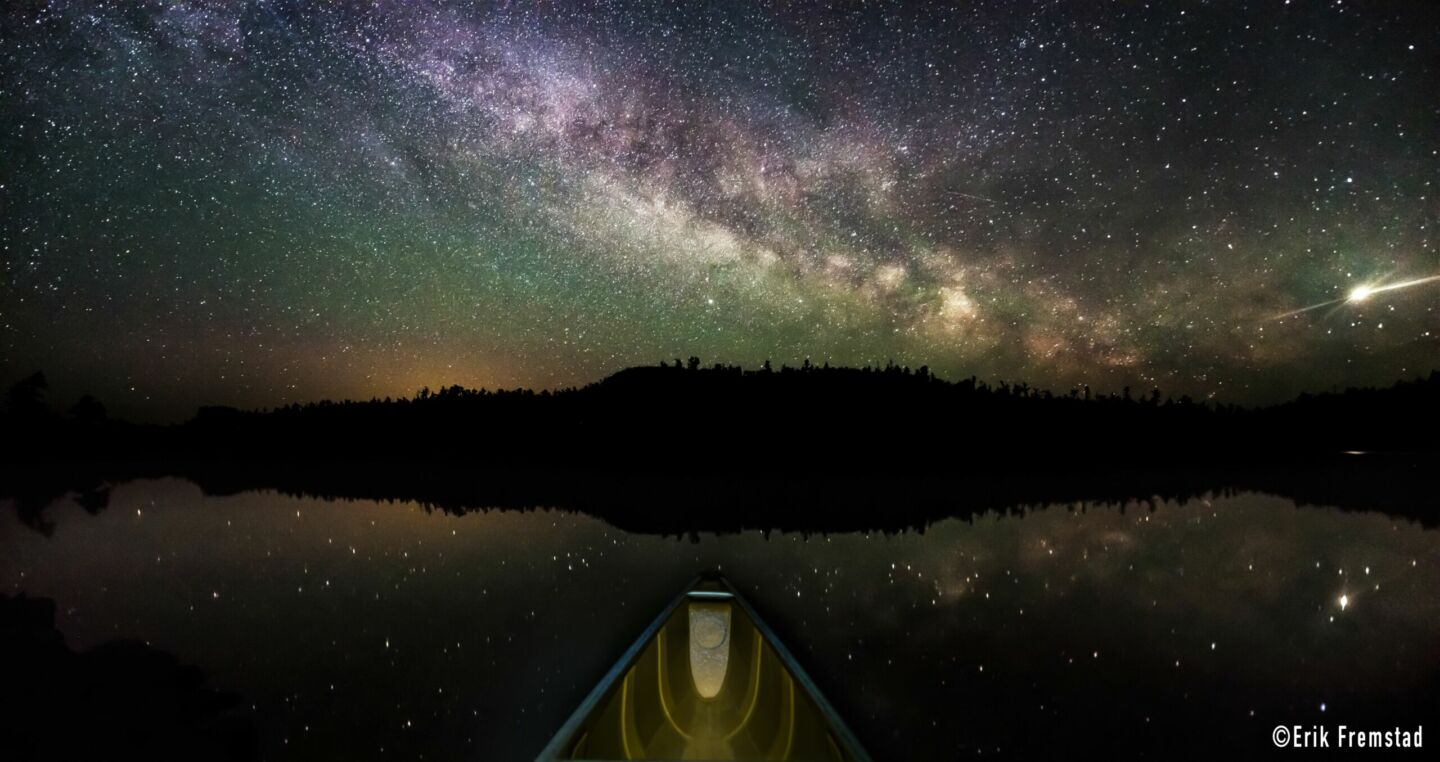
Boundary Waters Canoe Area Wilderness
Sanctuaries
Midwest United States
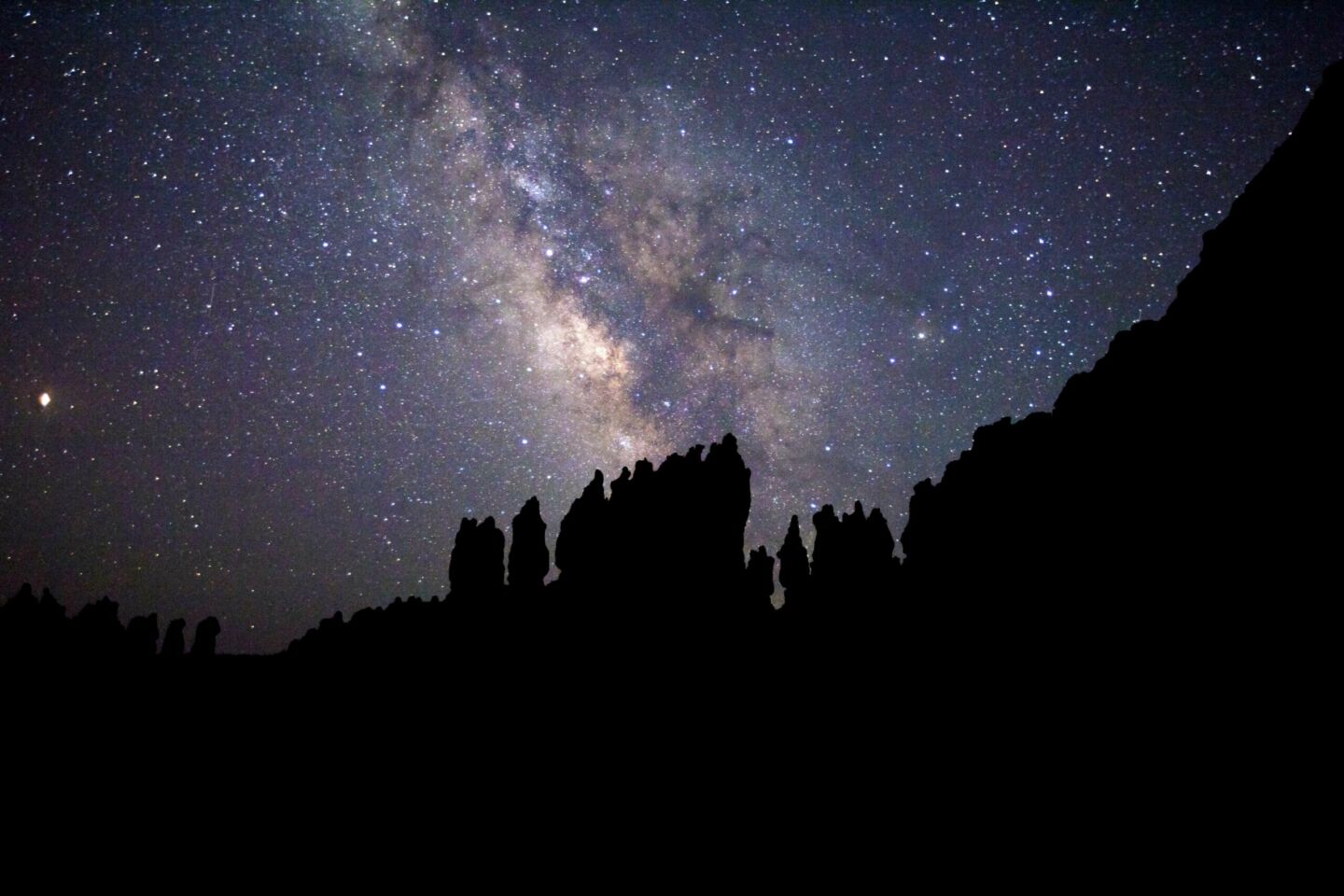
Bryce Canyon National Park
Parks
Southwest United States
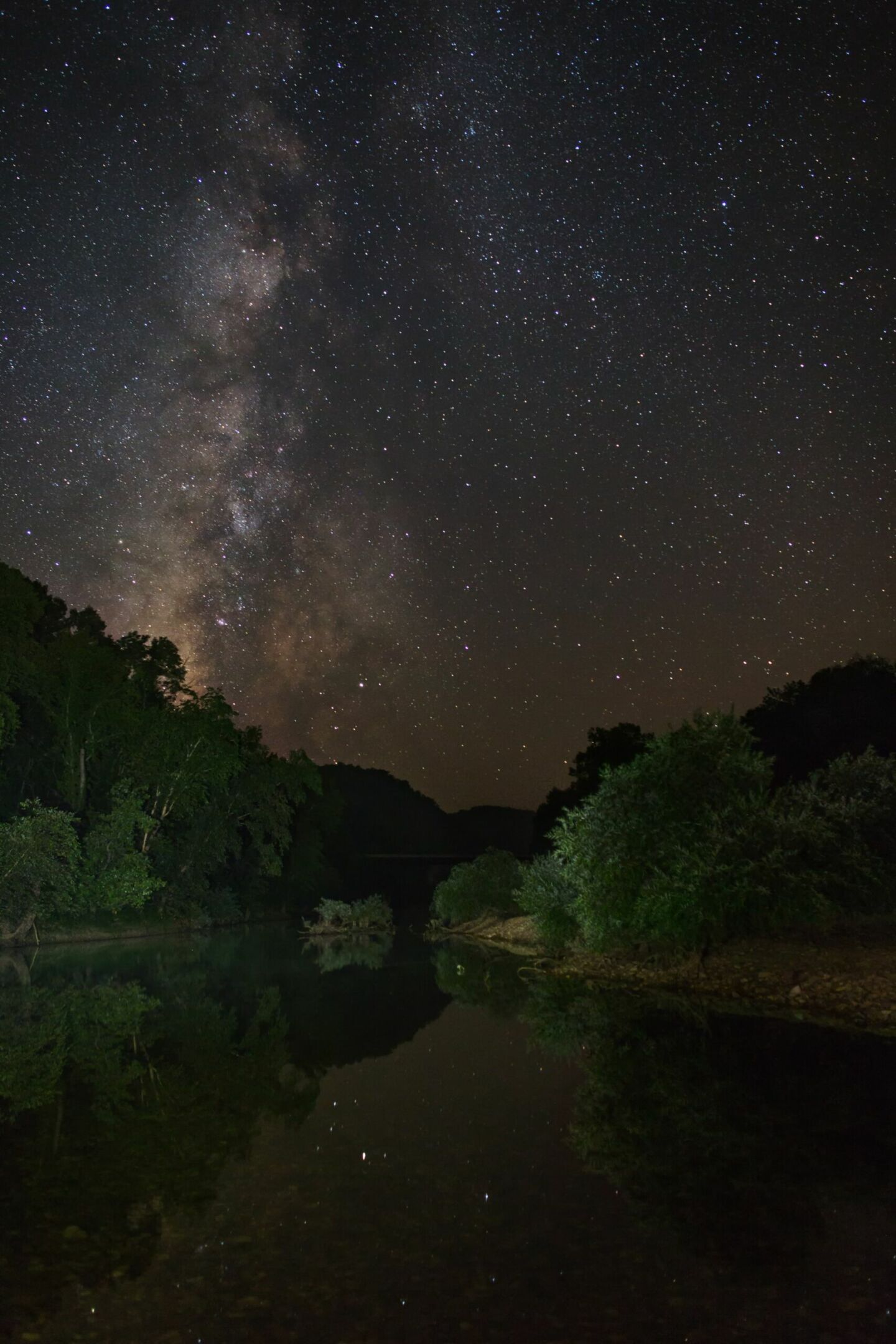
Buffalo National River
Parks
Southeast United States
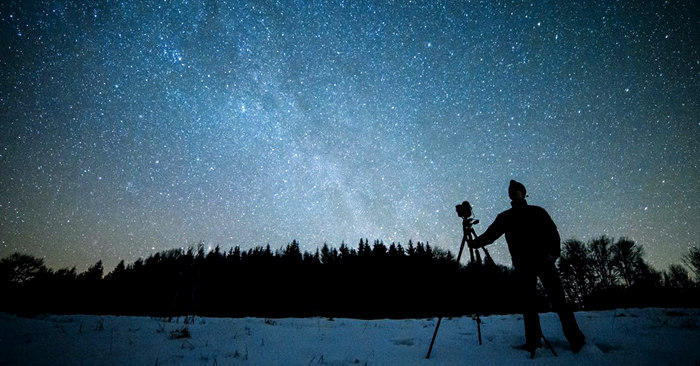
Bükk National Park
Parks
Hungary
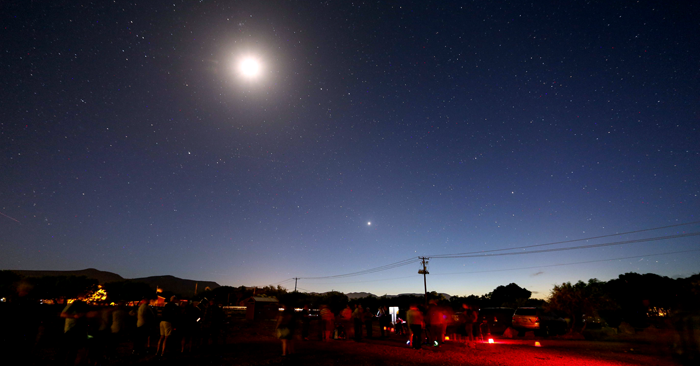
Camp Verde, Arizona
Communities
Southwest United States
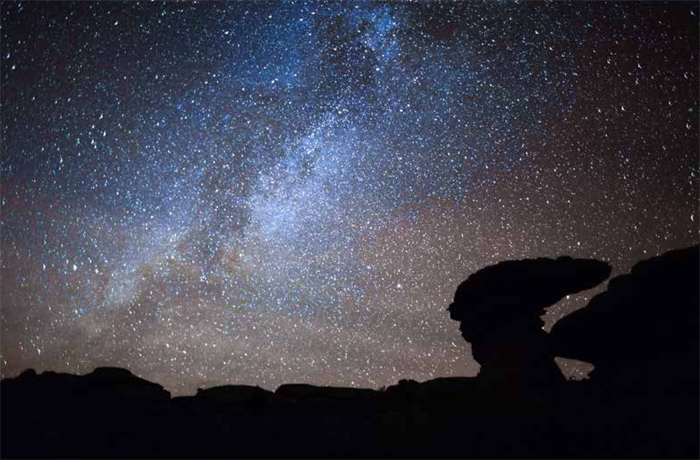
Canyonlands National Park
Parks
Southwest United States
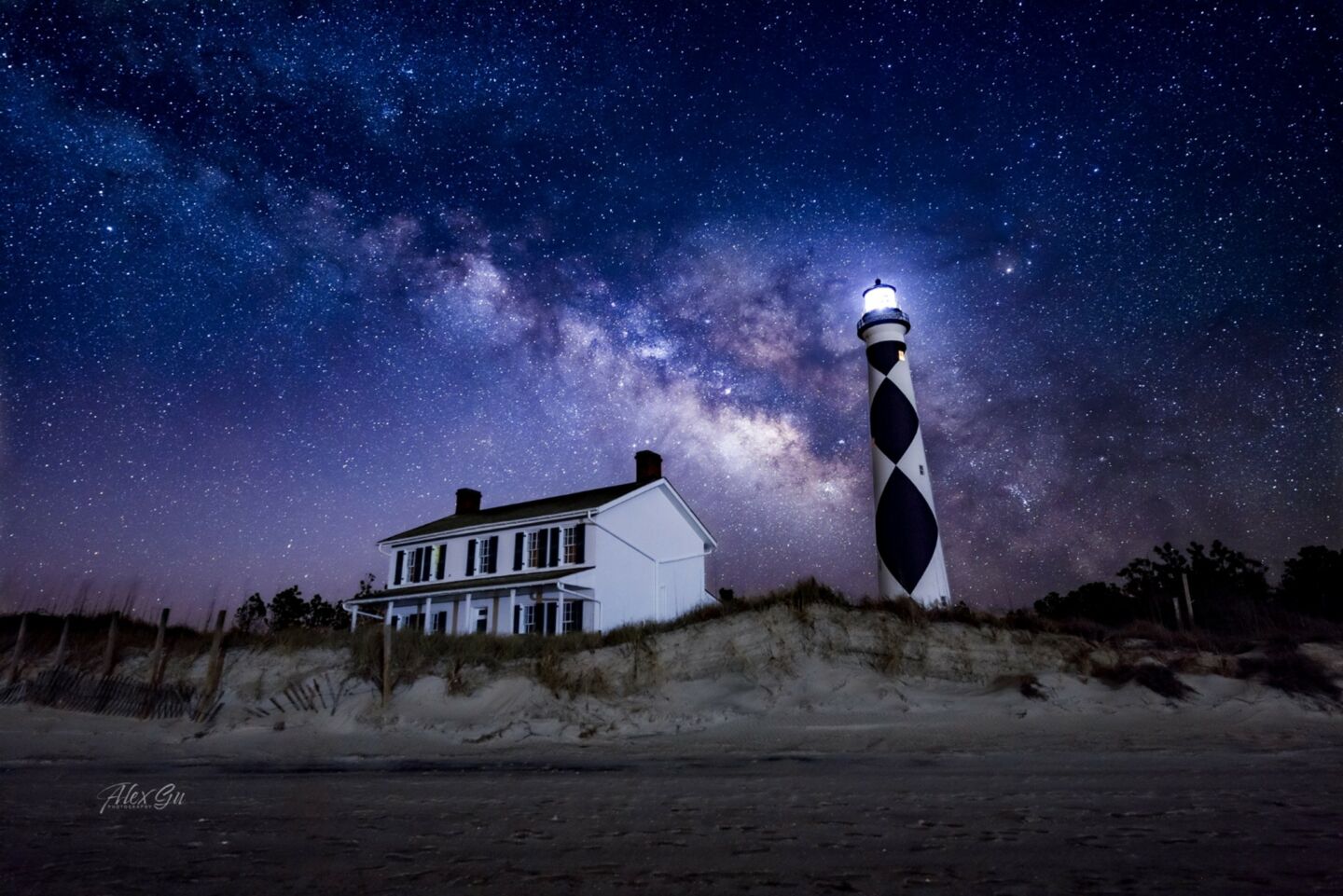
Cape Lookout National Seashore
Parks
Southeast United States
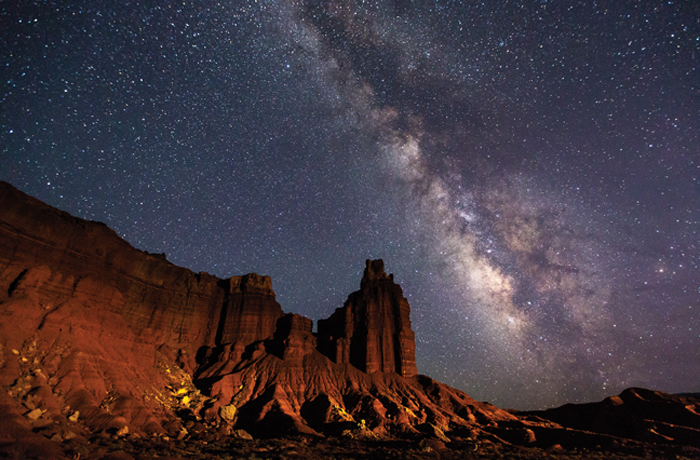
Capitol Reef National Park
Parks
Southwest United States

Capulin Volcano National Monument
Parks
Southwest United States
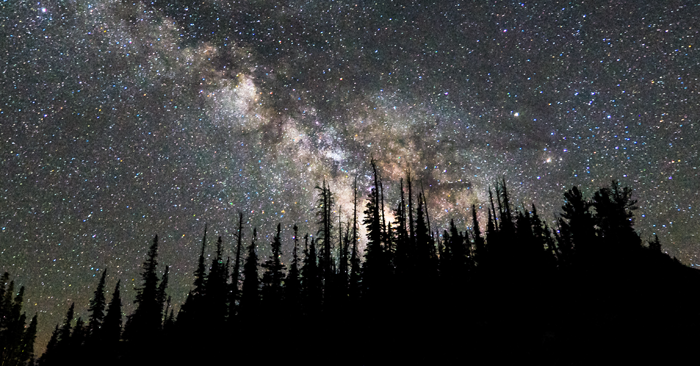
Cedar Breaks National Monument
Parks
Southwest United States
Note about maps:
We are working hard to update this new website with added functionality like maps, which we hope to add soon.
Thank you for your understanding.
As of 1 August 2020, DarkSky no longer accepts new nominations for the Dark Sky Friendly Development of Distinction program, so those are not listed here.




